by artmeandyou
If you are an art enthusiast in Seattle, you must head down to La Conner, the quaint little town in Skagit Valley, WA on November 5th! La Conner Seaside Gallery, home to two of scarletcanvas' featured artists, Mark Bistranin and Mark Conley, is having their Grand Anniversary Art Show.
The gallery features the work of Mark Bistranin, Steve Weldon, Melissa Ballenger, Mark Conley and Dave Nichols.
Gallery Website: www.laconnerseasidegallery.com
Gallery Phone: (360) 202-2956
Gallery Website: www.laconnerseasidegallery.com
Gallery Phone: (360) 202-2956



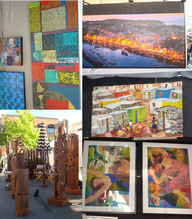
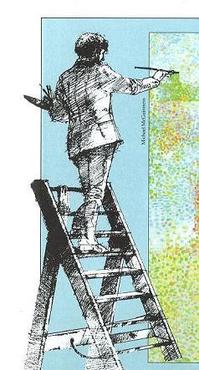
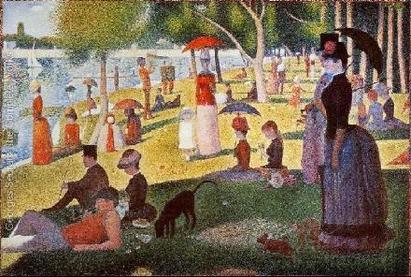
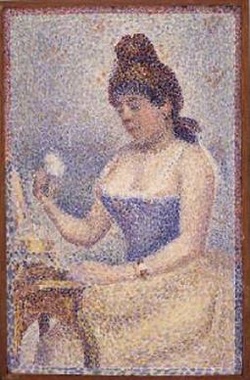
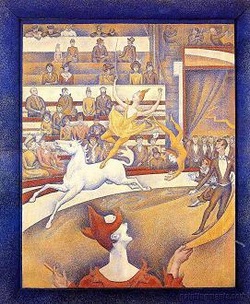

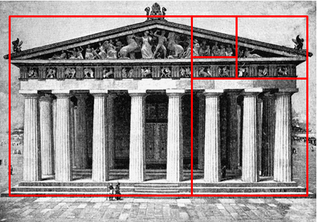
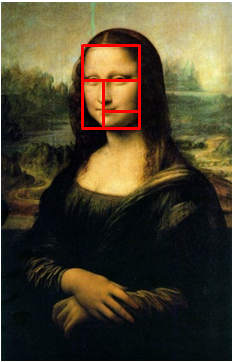
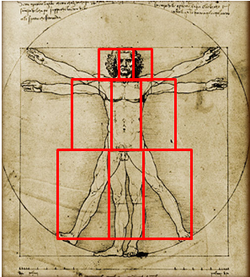
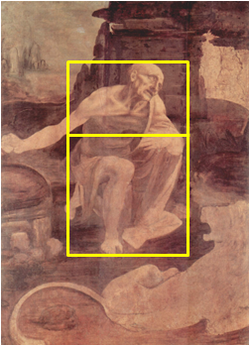
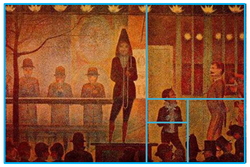
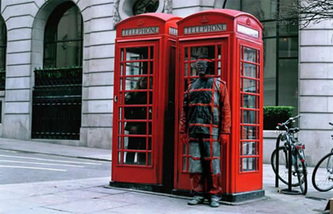
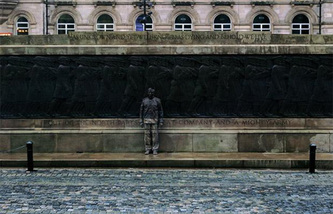


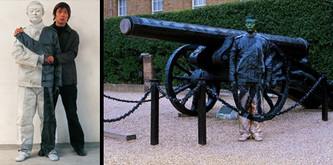
 RSS Feed
RSS Feed